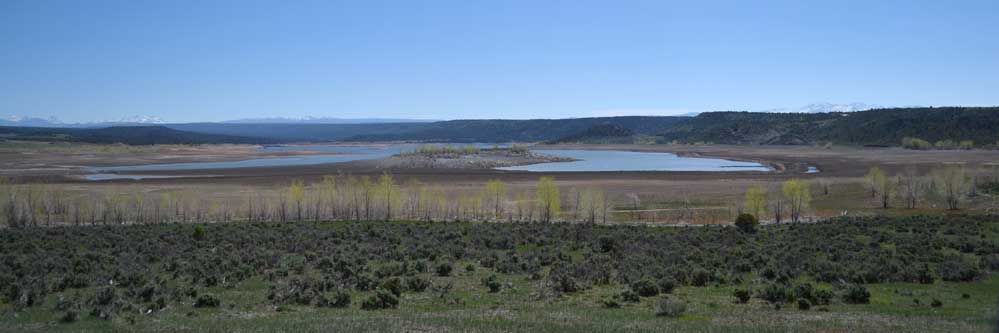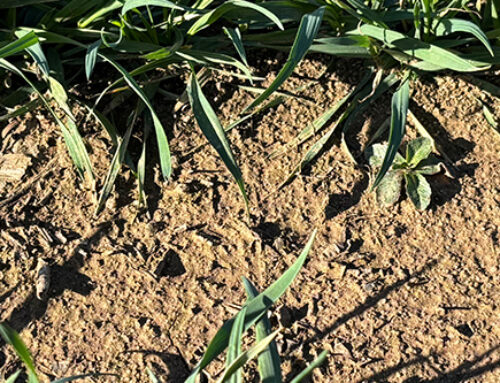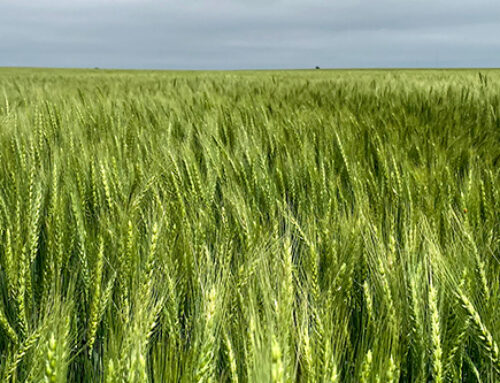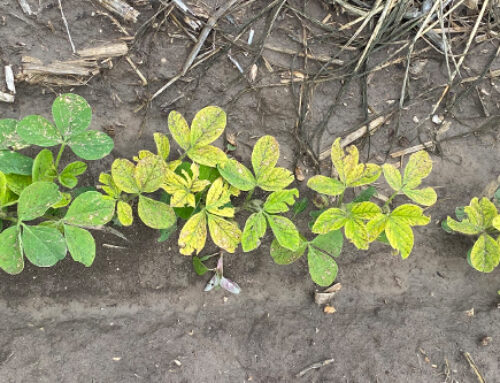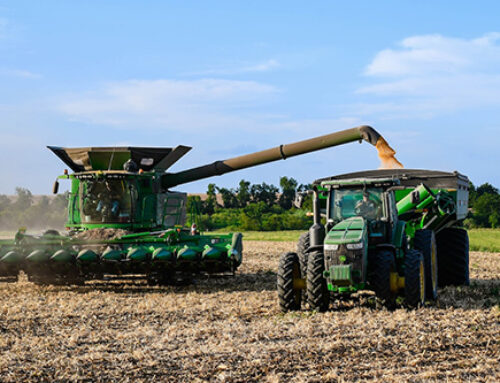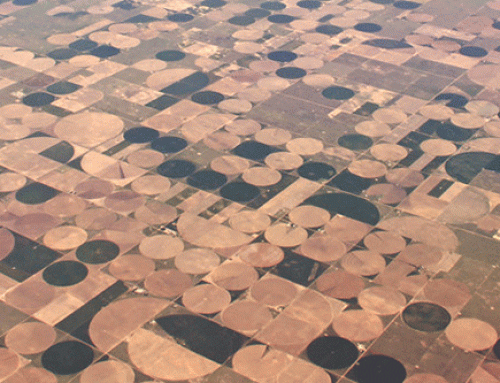We’ve probably all seen the drought maps that the National Weather Service reports, and how the Midwest and Southwest have been in extreme or severe drought situations for the last two to three summers. The rains in August and the monsoon season in the Southwest have helped a lot, but the situation hasn’t been remedied as of yet.
In the areas of Southwest Colorado and Northwest New Mexico, the situation is still very serious. The average annual rainfall in this area is only seven inches per year. All of the water used for domestic and agricultural use comes from the rivers and reservoirs. These reservoirs are filled from snow melting in the spring and summer, and the snowfall has been low for the last two years. They have gotten some big snows at times, which help, but the overall seasonal accumulation has been below average.
As of late August 2013, most of the area reservoirs were at less than 50% capacity. This has led to water cutbacks for irrigation, such as on the Ute Mountain Ute Farm in Towaoc, Colorado. They only received 22% of their water allocation to water 7500 acres of crops in 2013. This meant no corn, no wheat and only watering 1000 acres of alfalfa, when they normally have 4000-5000 acres of alfalfa.
The NAPI (Navajo Agricultural Products Industry) farm, in Farmington, New Mexico, was able to water crops normally this year, but face serious cutbacks in 2014 if significant snowfall doesn’t occur this winter. Some weather services are predicting that the Southern Rockies will have to endure another lower than average snowfall winter before patterns change.
We hope for the best, but if predictions are correct, this will cause severe economic hardships for a region that lives and dies on river flows. The area has gone through this situation one other time during the winter of 2002 – 2003, but never had to go through two, going on three consecutive winters of well below normal snowpack. So the operative term this winter is “let it snow!”
Written by: John Hecht, Wichita, KS
